By Wang Wenwen
While the US indulges in its fantasy of tackling and checkmating China, China has devoted whole-heartedly to its Belt and Road Initiative (BRI) aiming to link a large part of the world and improve economic development of countries along the route.
The US cannot afford to sit still, especially when it feels that it has fallen behind its imagined race with China to win hearts and influence from countries across the world. During the G7 summit in June, the US came up with an initiative called “Build Back Better World” (B3W) to compete with China on one hand and restore its losing global leadership on the other.
Through the B3W blueprint, the US is rallying the world’s democracies to meet the world’s biggest challenges and demonstrate shared values. To this end, the US and its G7 allies would use the plan to meet the “tremendous infrastructure needs of low- and middle-income countries.” The idea is to “help narrow the $40+ trillion infrastructure need in the developing world” that has been made more acute by the ravages caused by the continuing COVID-19 pandemic.
On the surface, the US’ plan resembles much of the China-proposed BRI as it claims to help developing countries with infrastructure projects. It is copying China’s methods, and denies doing so while pretending to have made great efforts to figure those methods out. Simultaneously, it continues demonizing China’s methods. Yet, at the practical level, how it will be able to compete with China’s BRI remains in question.
Statistics show that China has so far committed to funding $4.2 trillion in BRI projects- 59% of these projects are owned by government entities as of September 2020. The private sector accounted for about 26%, and the remaining projects are defined as public-private ventures. Promoting big-scale infrastructure projects is indeed complicated. Most Chinese projects are able to go abroad thanks to the strong governmental push.
While investing abroad, China is also learning, despite already being known for its expertise and speed in building bridges, dams, highways and railways, as well as the lower cost in construction. But judging from the bossy nature of the US, the US will hardly work with a down-to-earth manner in host countries, and is expected to act as a savior who expects appreciation and compromise of interests from these countries. Moreover, the US government may find it hard to bring the strong private sector of the country to engage in overseas infrastructure projects as there are too many political and economic risks involved.
Unlike the US, China is not eyeing for quick gains but long-term dividends. China knows that it may take years or even decades to fully construct and implement an infrastructure facility in a foreign country, and China is patient enough to wait for it. On the contrary, the US is thirsty for outpacing China in every field.
The US remembers its past glory as the king of infrastructure when it built a massive railway network in the 19th century and highways between states in the 20th century. But in the past few decades, the US ability to construct big public facilities has declined dramatically.
In 2015, a Metro train abruptly stopped, went dark and filled with smoke in a tunnel in downtown Washington. Before it was over, one woman was killed and more than 80 passengers were suffering from respiratory problems and other health issues. The partially collapsed condominium tower in Surfside, Florida recently led to the death of 24 people as of Saturday with 121 still missing. The quality of construction and blame-shifting of authorities all called the US infrastructure ability into question.
It is expected that the US is “wise” enough to not let the whole burden fall on its own shoulder. So its B3W plan has counted its G7 allies in. Then it invites multiple questions, as Global Times columnist Ding Gang pointed out, such as how much money each of these G7 members is willing to pay? What kinds of projects will they support? How much will the US payout, and to what degree will it deepen its indulgences for “America First?” Which companies will take responsibility to complete the projects? What values-based standards will be adopted to judge each project? Will the projects have their pre-set political conditions? Will Western companies obtain, implement and hand over their projects according to their own moral and environmental standards?
These are all practical questions the US and its allies have to answer before they tout their ambitious scheme.
From another perspective, it is worth observing whether or not G7 members can form a united front to serve for Washington’s goal of strategically competing with Beijing at the sacrifice of their own interests. G7 countries are being forced into an anti-China stance, despite many having a more balanced policy. Even the US has to seek a balance between extreme competition and necessary cooperative coexistence with China.
German Chancellor Angela Merkel said discussions on China had been “very enthralling and interesting” and stressed her view that the G7 should seek to strike a balance. She stressed the same old areas such as human rights and freedom which Germany would term with China, but also said that “we have cooperative ties on many issues” like climate issues, biodiversity and free trade.
French President Emmanuel Macron also said that G7 is not a club that is hostile to China and should work with the Asian economy on multiple fronts, including climate change, world trade and development policies, despite sharing differences.
Even the international media are not in favor of the B3W plan. Some term it as a “paper tiger”, some call it “empty competitor” to China, and the most suspicious voices come from the Indian media.
Behind the B3W plan, it is the US intention to maintain hegemony in the world, and the US wants the whole world to foot the bill for it. Smaller and developing countries want to benefit from healthy China-US competition, but not become a cannon fodder of US malpractices against China. Just look at how the US hoarded vaccines for its own use during the ongoing COVID-19 pandemic, one has every reason to question the US sincerity in providing such public goods as development dividends.
The author is chief reporter and opinion writer of the Global Times. wenwen.wang1127@gmail.com







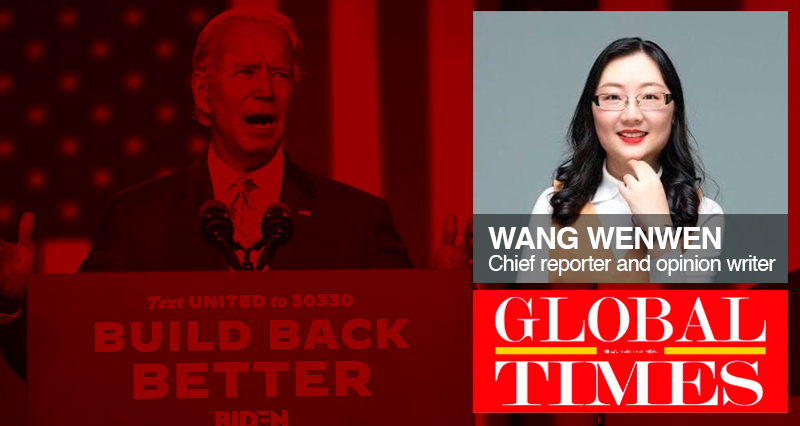
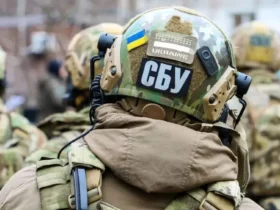
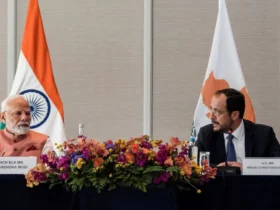
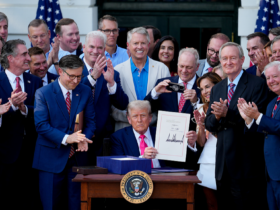


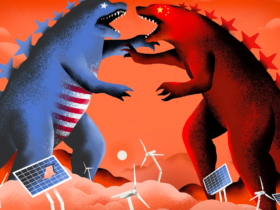
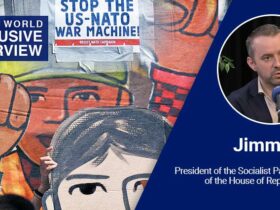


Leave a Reply